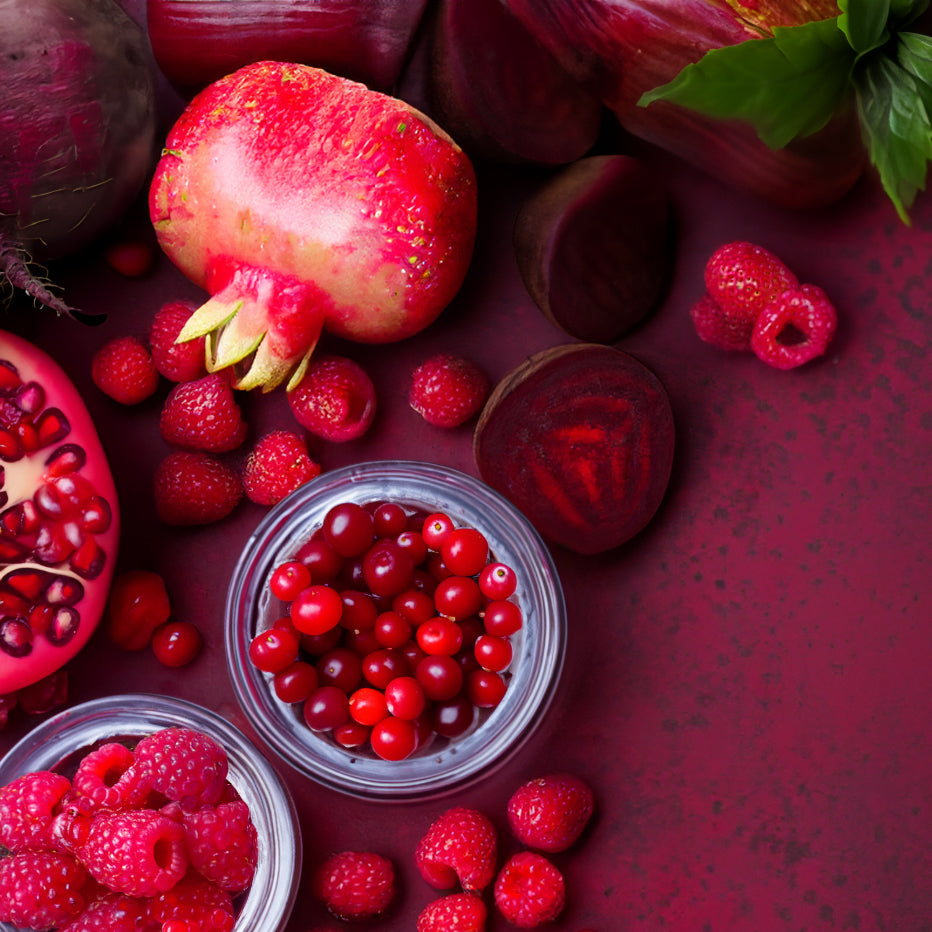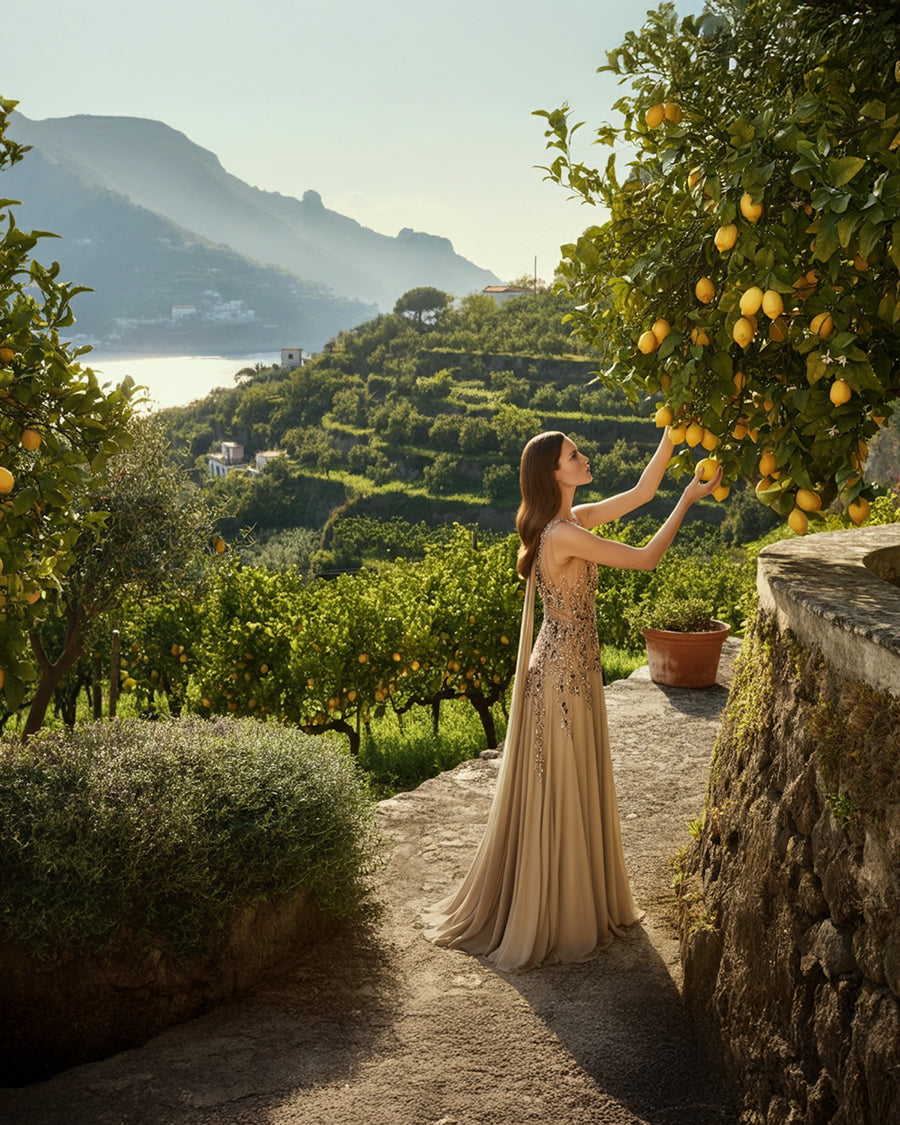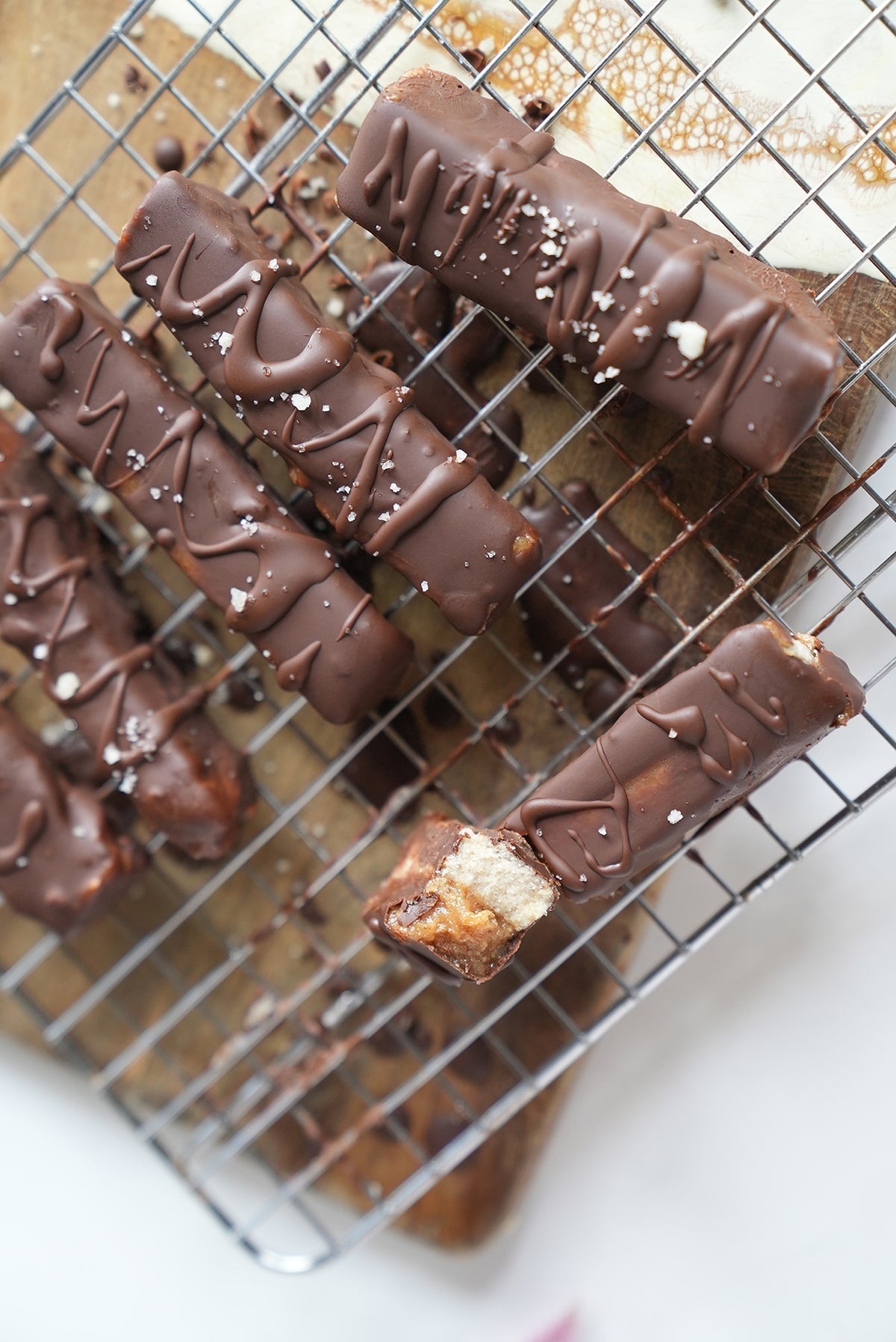
How to Make Natural Red Dyes
Color plays such an essential role in food and this month the star color is (drumroll) red! Red is associated with the heart, which is the center of love and emotions. And isn’t Love one of the noblest and purest things in life? If you agree with us, let’s ditch the chemicals and let’s make natural red food coloring for your Valentine’s Day baked goods! Natural red food coloring is simple to achieve and only takes one ingredient. Mother Nature provides so many options on her plant-based red palette. Three types of molecules create red pigment in plants: carotenoids, anthocyanins, and betalains. The following natural alternatives to artificial food coloring will produce a softened look, and they will also add nutritional benefits and delicious flavors to a dish. Red pigments in food nearly always indicate very healthy antioxidant substances.
When experimenting with food coloring, remember to wear gloves to avoid dyeing your hands. Also, wear clothes that you don’t mind getting stained.
Beets
Beetroots contain a plethora of essential vitamins including, but not limited to, iron, calcium, magnesium, copper, and zinc. Beetroot juice is also known to contain antioxidants, according to Medical News Today, which reduces oxidative stress in the body, known as an imbalance of free radicals within the body that in the long term, can lead to the development of cancer, heart disease and diabetes. Wash and thoroughly scrub one large beet. Bring beets and 3 cups of water to a simmer in a small saucepan over medium-low heat; cook for about 30 minutes, until beets have lost their vibrant red color and liquid is reduced by about one-third. Remove the beets with a spoon and add your sugar of choice to the beet liquid. Simmer, swirling the pan occasionally for about 15 minutes, until very deep red. Let the dye cool before using.
Cranberries
The pigmentation of cranberries is a result of the presence of natural compounds known as anthocyanins. Anthocyanins are a type of flavonoid, a class of plant pigments that are known for their antioxidant properties. Due to their bright red hue, cranberries, dried and powdered as well as boiled, can be used as a natural and healthier food colorant alternative. Boiled cranberries: Place 2 cups of cranberries in a pot and pour water until the cranberries are covered. Then, let the pot simmer for about 15 minutes. Once soft, turn off the heat and use the fork to mash them. Allow the mixture to cool off for 25 minutes, then pour it into a strainer above a large bowl. The dye is now ready for use.
Hibiscus
Dried hibiscus flowers contain the pigment, anthocyanin and are known to be connected with tea. When steeped in hot water, these flowers will bring a deep beautiful red. Steep dried hibiscus flowers in hot water for a floral red dye. Place 2 tbsp (5 g) of the flowers in 1 cup (240 mL) of steaming hot water for about 5 minutes. The color in the flower will leech into the water, creating a soft red dye with a subtle tart, floral flavor.
Pomegranate Juice
Pomegranates are listed as a natural preventative and even treatment of various diseases and illnesses including high blood pressure, oxidative stress, and high cholesterol.
In a small saucepan, add 1 1/2 cups of pomegranate seeds in 1/2 cup of water. Bring water to a boil. Then bring it down to simmer for 45 minutes. The water should be a deep red color. Take a mesh strainer to drain all the water into a container. The liquid is a natural dye, ready to use.
Red Freeze-dried Fruits
Strawberries, raspberries, cherries, goji berries, and dragon fruit are some popular freeze-dried fruits that produce red coloring. They can be easily found at most grocery stores, and they are easy to turn into a dye. All you will need is a blender or spice grinder. Blend the freeze-dried fruits into a fine powder, and it is ready to use. The more powder you add to the recipe, the more vibrant the red will be.
Final note: keep in mind that naturally occurring food colorings won’t be as intense as the artificial ones. Therefore, keep your expectations reasonable. The key to achieving the most vibrant color is to start with as concentrated of a base as possible.



